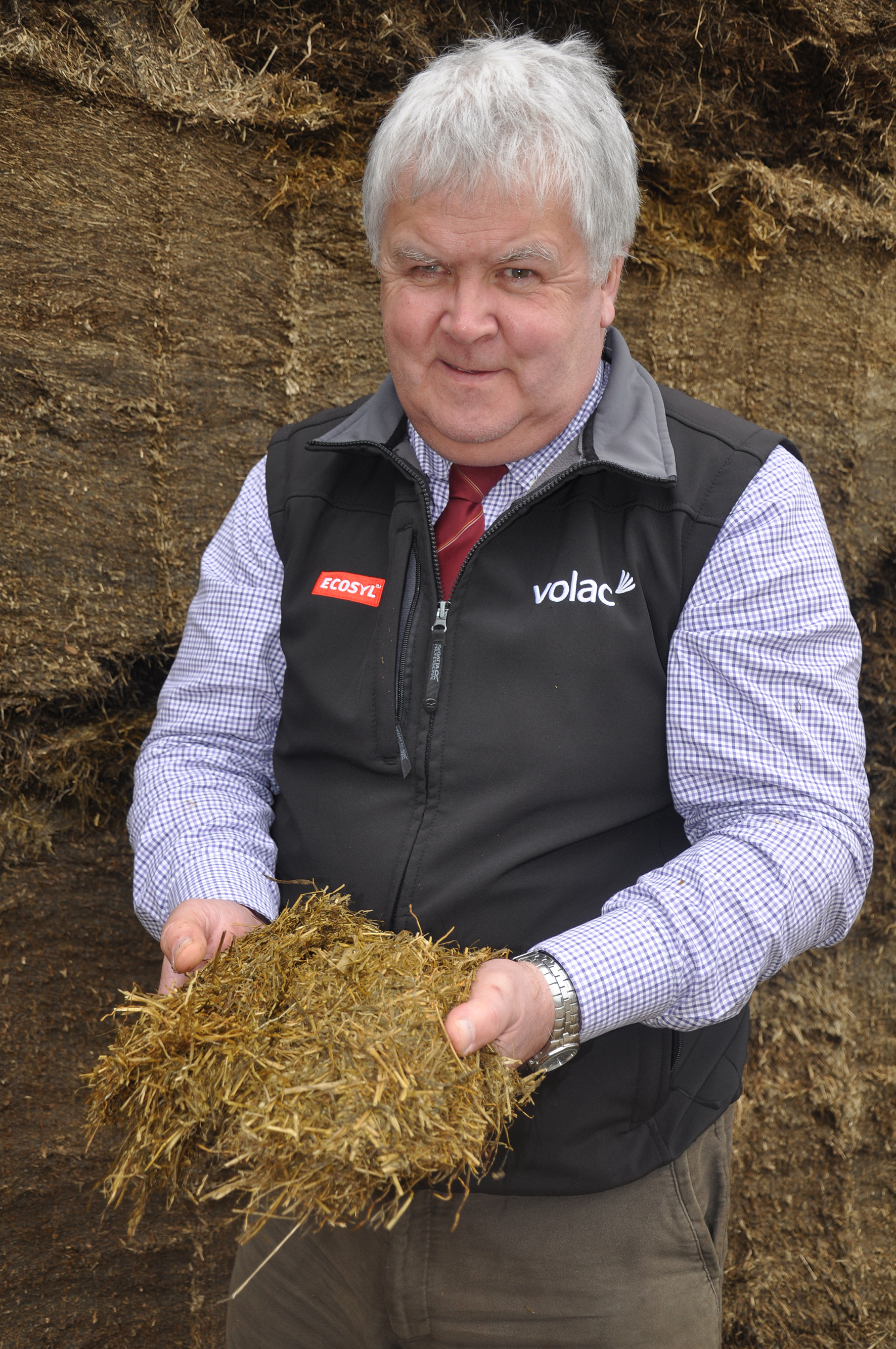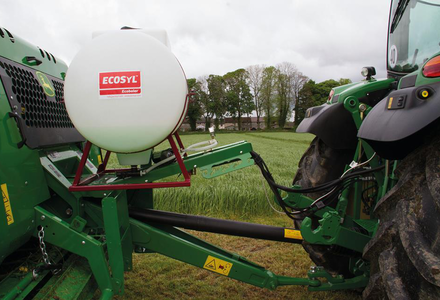Prepare the ground for consistently better silage
04 February 2020
Field decisions and actions you take now can have a big impact on the quality and quantity of silage you have available next winter says Peter Smith, Volac Business Manager.

If you’ve been overwintering animals on silage fields, aim to remove them by the end of January, depending on your anticipated first-cut date, so they are not grazing off the new growth that should be this year’s silage crop. If there is a lot of winter cover, this
should have been cleared if possible. Remember also to prevent the risk of soil contamination.
Maximise quality of fermentation
Soil is one of many enemies of good silage, not least because the bacteria in it reduce the quality of the fermentation.
Minimise the chance of soil getting into clamps by rolling fields once ground conditions are suitable – to flatten out any ‘high spots’ caused by tractor wheel ruts or poaching. Otherwise, machinery such as mower blades, tedders, rakes or harvesters can easily
catch on them. Ideally, you want to be rolling before grass starts to regrow.
Similarly, take time to fill holes around gateways that hold water. That way, come harvest time, you’re won’t be contaminating fields with mud from these holes as machines repeatedly pass through the gate.
Plan slurry applications with care
For similar reasons, plan slurry applications with care, as the bacteria in slurry will also interfere with the fermentation. Ideally 10 weeks should elapse between slurry spreading and cutting date to allow enough time for the bacteria to die out. If you’re cutting in mid-April, that theoretically means slurry should be applied no later than late January – if that
is possible.
There will be lots of undesirable bacteria on grassland even before soil and slurry get involved, and all of these will be reducing the nutritional quality and palatability of the silage. To overcome this, the use of a proven additive is essential.
The Volac range of Ecosyl silage additives is effective in maintaining the nutritional quality of silage, whether clamp, big bale, maize or whole crop. All of our silage inoculants have been thoroughly researched and tested, and are manufactured by Volac to the highest specification.
Farm changes
Last but not least, keep your contractor informed of any changes on the farm that may affect silage making operations. If you’ve taken on extra land, your contractor needs to allow for this. Likewise, if you’re moving towards cutting earlier, inform your contractor well in advance.
These are all common sense actions, but with the importance of maximising milk from forage and silage these days, they are important to get right.
Explore the website today for answers to more frequently asked questions and useful downloadable resources.
